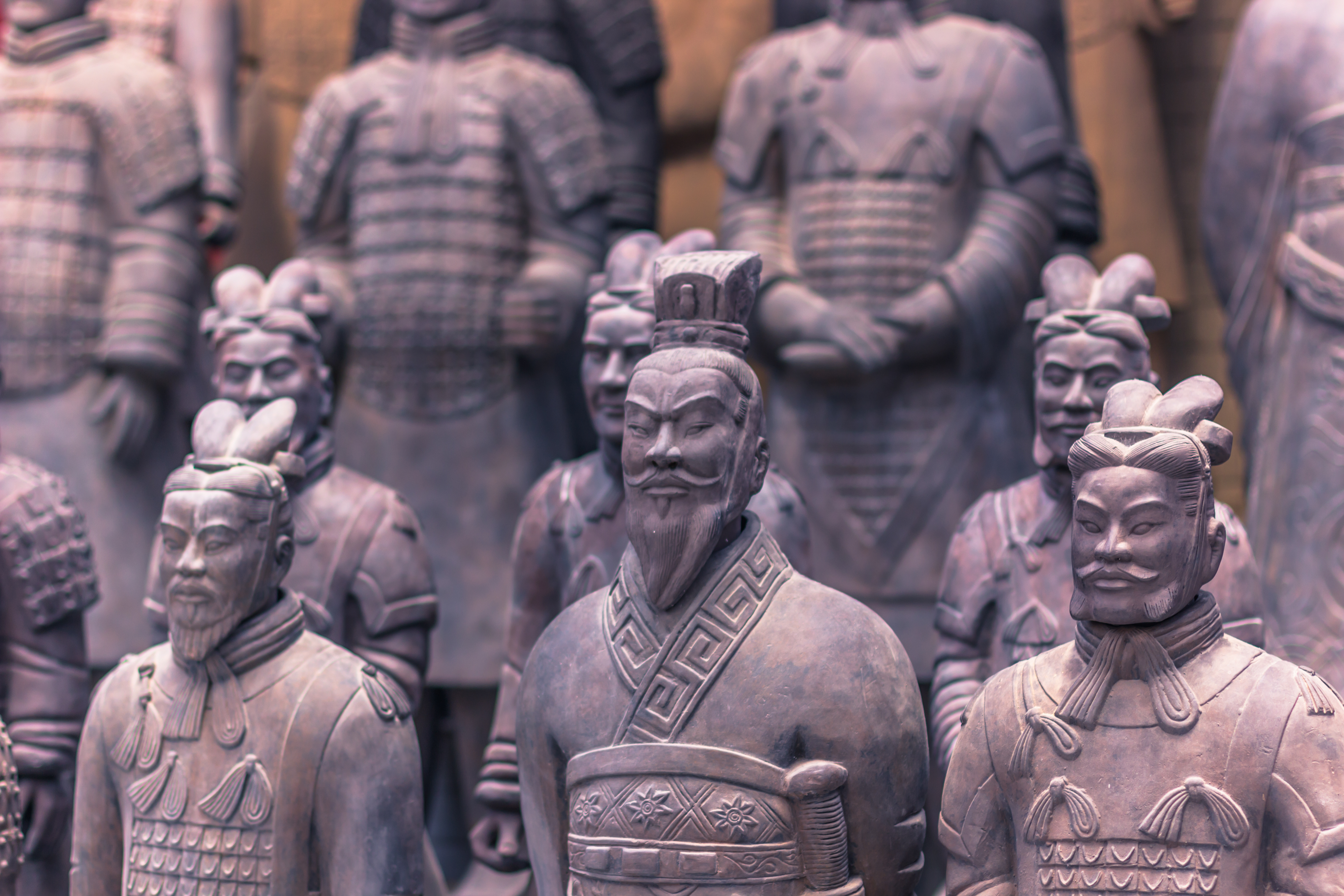New additions to the Terracotta Army have been unearthed in China, adding a drop more to the mystery of how ancient artisans created this mind-blowing mausoleum complex.
At least three Terracotta Warriors, three terracotta horses, and two chariots have been recovered from Pit No. 2 near the world-famous Mausoleum of the First Qin Emperor in the Shaanxi Province of Northern China, state-owned newspaper China Daily reports.
This year marks the 50th anniversary of the archaeological site being accidentally discovered by a group of farmers. Over the past five decades, archaeologists have excavated huge parts of the site and unearthed thousands of life-sized terracotta statues of soldiers and war horses, as well as acrobats, esteemed officials, and other animals.
“Although we don’t have an exact total number of Terracotta Warriors at this time, we can estimate it based on the excavation area and findings from Pit No.1. About 6,000 terracotta figures and horses have been unearthed from No.1 pit, and with pits No.2 and No.3 included, the total number is expected to approach 8,000,” Li Gang, director of the Emperor Qin Shi Huang’s Mausoleum Site Museum, told the Global Times.
Close-up of Terracotta Warriors showing their uniqueness.
Image credit: RPBaiao/Shutterstock.com
Among the new discoveries, researchers have found what they believe is a terracotta statue of a senior military officer, the first of its kind to be discovered at the site.
“Based on its location, we believe this figure was likely the highest-ranking military commander of this unit,” Zhu Sihong, head of the excavation project at Pit No. 2, told the Global Times.
The 2,200-year-old site is a stone’s throw away from the actual mausoleum of Emperor Qin Shi Huang, the first emperor of China. The reason for the mass burial of the statues is not crystal clear, although it’s often interpreted as a symbolic way of protecting the emperor in his afterlife. The sheer size and scale of the project is also a bold expression of his power and the grandiosity of his empire.
Remarkably, the terracotta figures are not “cookie cutter” copies of each other. Each statue is largely unique, depicting individual soldiers with varying facial features, hairstyles, and garb. The individuals even appear to reflect the various ethnic and cultural groups that fell under the Qin dynasty (221 BCE-206 BCE).
This period marks the first successful unification of China’s numerous warring states. As shown by his Terracotta Army and grand burial site, it seems Emperor Qin Shi Huang was proud of his achievements and sought to make a bold statement about his success.
Source Link: Even More Terracotta Army Soldiers Unearthed At Tomb Of China's First Emperor
